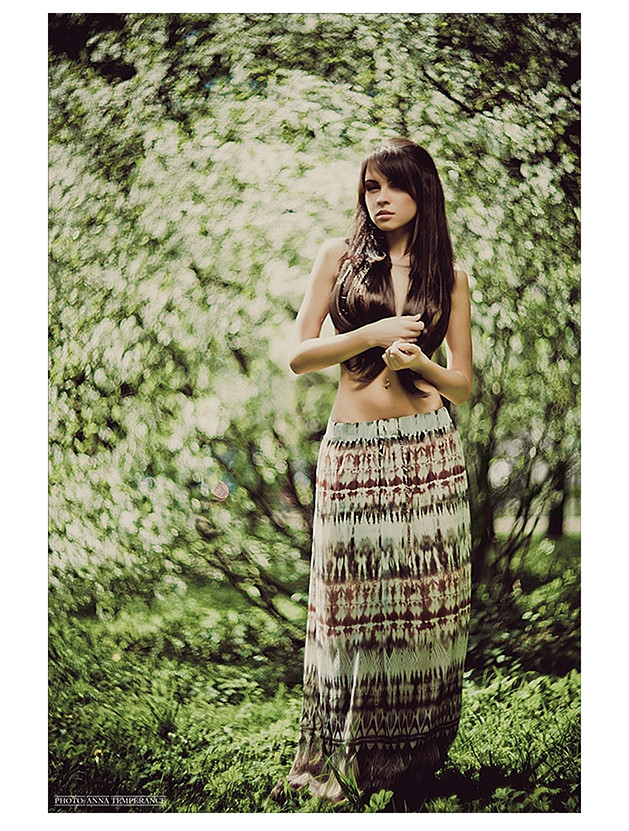What is the technique used to capture this image? How can the result be achieved? I know that it can be achieved in a digital darkroom but how can I replicate the effect straight out of the camera?

What is the technique used to capture this image? How can the result be achieved? I know that it can be achieved in a digital darkroom but how can I replicate the effect straight out of the camera?

This photo is taken with a petzval lens which corrects all aberrations decently except for, well, petzval aka field curvature. Because the edges are in focus at a further distance, the blur is smaller there. Because the lens is fairly highly vignetted, the lens also effectively has a larger f number towards the edges, again reducing the blur. The result is the swirly bokeh you see in this photo.
This is a swirl-y bokeh, an often desirable flaw commonly found in some vintage lenses and lenses. There are some lenses known for this this characteristic, most notably the soviet made Zenit Helios 40-2 85mm F1.5 which is still being manufactured. You can find this lens on ebay for ~$600. If you are adventures enough you can convert the Cyclop night vision 85 mm f1.5 device (does not have a diaphragm built in) but it is apparently the same glass for 10% of the price.
There is also another focal length of Helios that can produce this effect, albeit not as well, and is MUCH less expensive (I paid $47 USD for mine ordered from Ukraine but if you look hard you can find it cheaper) version of this lens the Zenit Helios 44-2 58mm (f/2). HOWEVER, a: you have to work it a bit and get the right kind of busy background/back light b: you probably need to use a full frame camera and c: you have to shoot wide open.
I really like the Helios 44-2 and I also have a chipped adaptor to get a focus confirm which works pretty well. The lens renders really nicely and has many imperfections which lend the images character but I cannot focus to infinity on my Canon full frame body because the rear element protrudes too far back and the mirror will hang on it. I can only use it up to about 8m from the subject - good enough for portraits. There are suggestions online to shim the adapter but that creates other issues - the inability to focus at infinity for one... I hear there are no mirror hang issues when used on Nikon bodies?? Also, no issues with my cropped sensor body but the swirly bokeh is much easier to get when the lens is mounted on a full frame body.
EDITED: I now have a solution on how to fix the mirror catch (only confirmed for specifically the Helios 44-2 58mm f/2 on Canon full frame bodies): http://jakubsisak.tumblr.com/post/128680966703/helios-44-2-58-mm-modification-for-canon-full
If you have a fast lens, create a circular cover over it, and it should swirl the background. It's best seen with foliage.
I have never tried the following trick myself, but it seems to be a simple and very cheap alternative to buying yet another lens (yes, it's even cheaper than the Helios 44-2):
See PetaPixel: Homemade Petzval Swirl Bokeh with a 50mm Lens. The effect does not seem to be as strong as in your sample pictures, but it is a very easy and fun way to start experimenting.